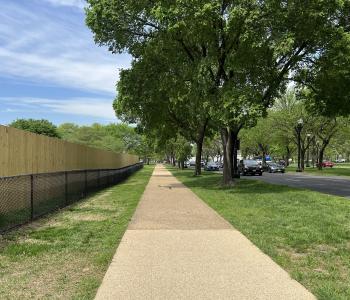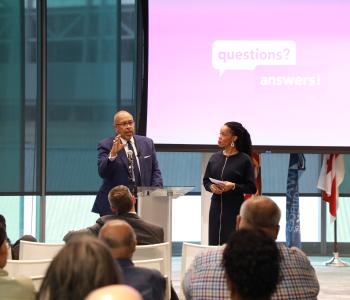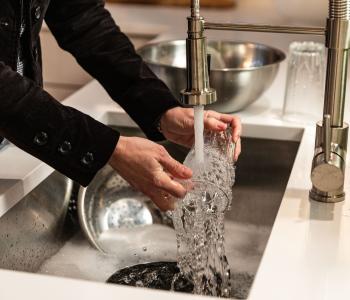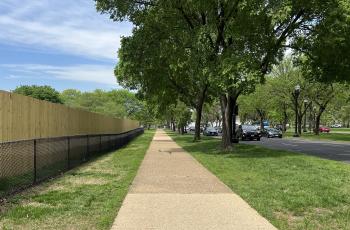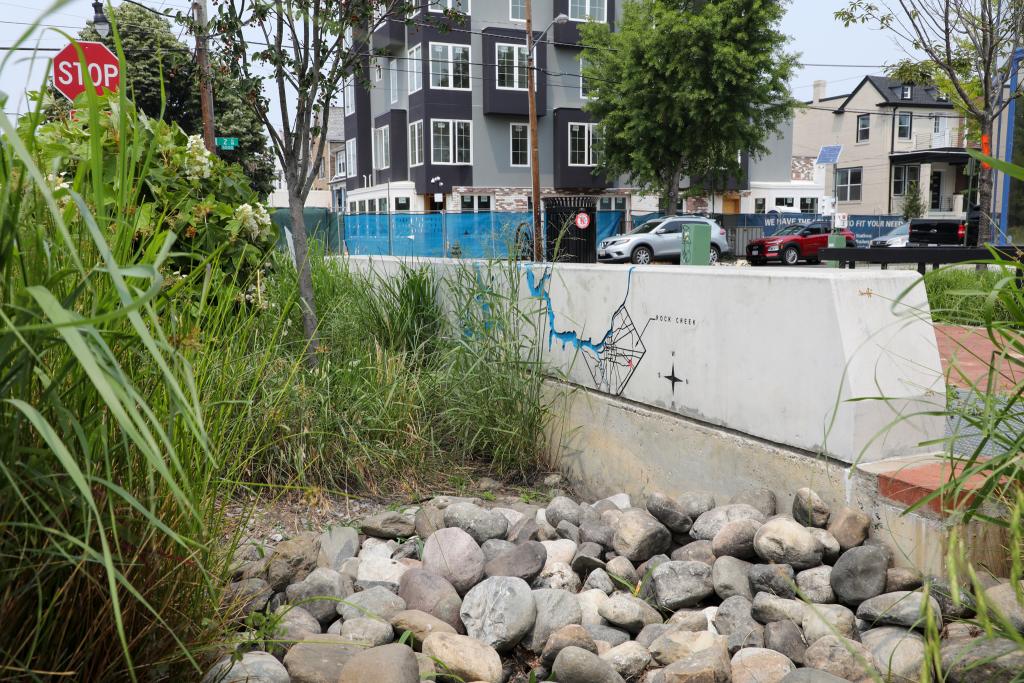WASA Accelerates Fire Hydrant Assessments To Support Upgrade Program
This past January, the District of Columbia Water and Sewer Authority (WASA) Board of Directors allocated $26.5 million in its Capital Improvements Program budget to replace nearly 40 percent of the citys 9,086 fire hydrants over the next five years. For well over a year, WASA has been working closely with the District Department of Fire and Emergency Services (FEMS) to develop a plan to upgrade and standardize the citys aging inventory of hydrants. As part of the program, FEMS has been assisting WASA in the inspection of all hydrants by the end of the year. However, in addressing public concern, WASA announced today it will accelerate this inspection program and will complete the hydrant assessments by Labor Day.
The overall hydrant upgrade program is specifically designed to:
(1) Standardize the system by reducing the number of hydrant manufacturers in the District inventory from nine to two
(2) Transition the hydrant system to National Fire Protection Association (NFPA) standards for hose connections to facilitate mutual aid response in an emergency (Maryland and Virginia currently use adapters on District hydrants because of nozzle and thread variations)
The Districts water distribution infrastructure currently has 9,086 fire hydrants, not including privately owned hydrants such as those maintained by the National Park Service, universities and other institutions. Many of the citys hydrants were manufactured by the Lorton prison foundry several decades ago.
By standardizing the hydrant inventory, we can respond to operational issues quickly and sharply reduce repair and maintenance costs, WASA General Manager Jerry N. Johnson explained.
As the program progresses, FEMS will continue the hydrant condition assessment that it began in collaboration with WASA last year. Collectively WASA and FEMS have inspected well over 2,600 hydrants in the last 12 months. Although WASA continues its essential partnership with FEMS, todays announcement means that WASA will commit sufficient resources to accelerate and complete an assessment of the entire system of hydrants by the end of summer.
The program launched last year ensures that WASA inspects every hydrant on a two-year cycle, as part of a preventive maintenance program. WASAs unidirectional flushing program, which helps maintain water quality within the Districts drinking water system, requires WASA to operate and assess about 3,400 hydrants between the spring and fall every year. Hydrant assessment information from this program, along with data collected during routine operations like water main and service line replacements, and assessments conducted by FEMS engine companies is integrated into WASAs computerized asset management system. Within several weeks, new imaging programs will help ensure that hydrants needing attention are routinely reported and viewed in real time. To facilitate this effort, each fire hydrant in the city has its own unique identifier.
At the time WASA was created in 1996, approximately 20 percent of the Districts hydrants were out of service, and an intense effort was undertaken to identify and repair hydrants in the system. Today, the percentage of known inoperable hydrants is well below one percent. (As of May 11, 2007 there are 29 hydrants on WASAs Out-Of-Service list.) There can be any number of reasons for an out-of-service hydrant, including traffic accidents, area roadwork or construction, water main repairs, or damage caused by unauthorized use. WASA and FEMS immediately notify each other when a hydrant needs repair or is taken out of service. Hydrant issues are investigated within 24 hours, and repairs are made within five days unless the hydrant needs to be replaced, which can take up to ten work days.
In conjunction with the inspection programs, WASA relies on citizens to report hydrants that may be damaged or leaking or if they see someone opening a fire hydrant without authorization. The number to call is WASAs 24-hour emergency hotline at 202-612-3400.


